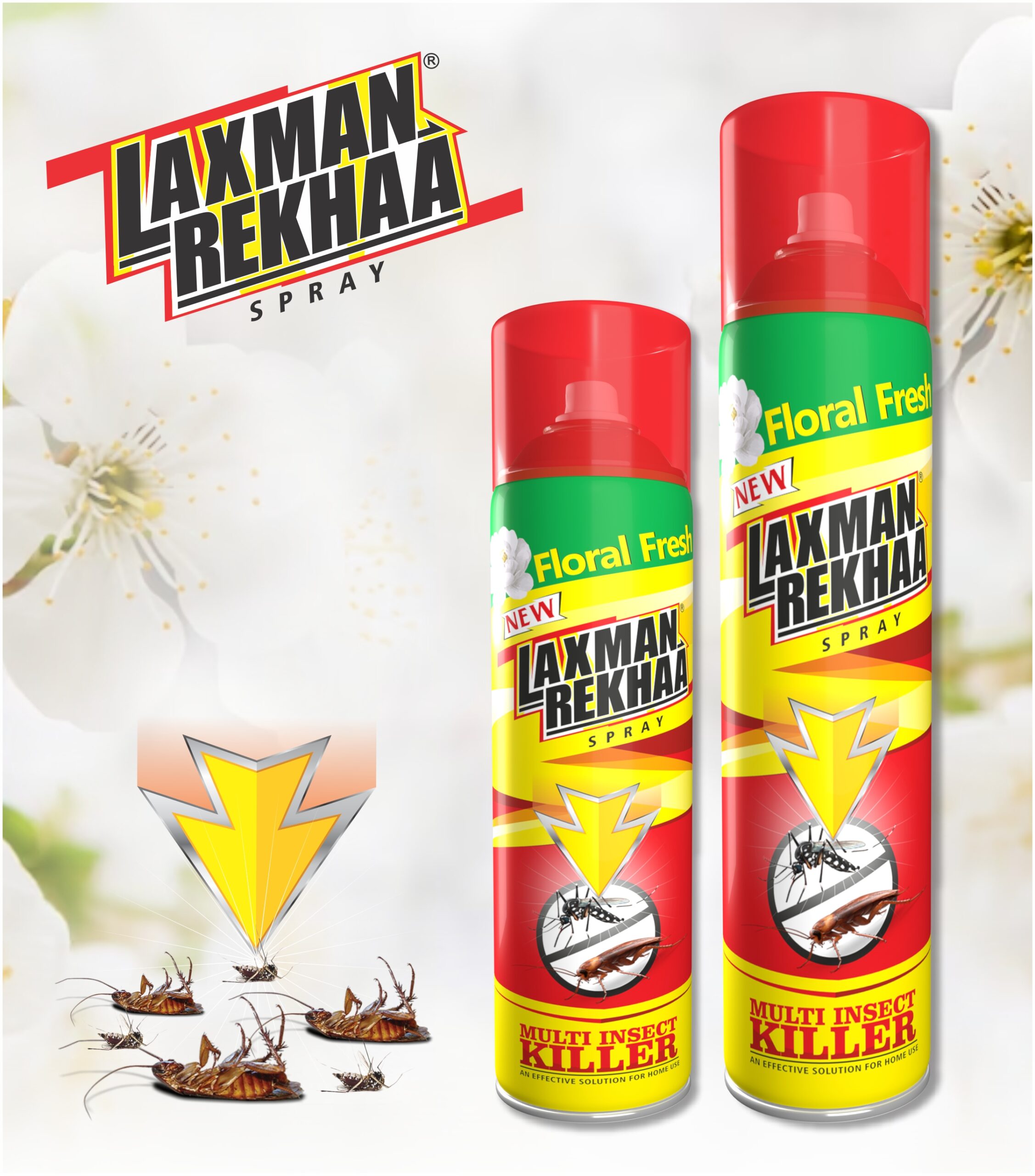
Rats, rodents, and mice can cause a lot of damage to your car, chewing on wires and nesting in the engine compartment. Which can create a lot new set of issues in your day to day life.
Let’s look onto some tips on how to protect your car from these pests:
- Keep your car clean and free of food and debris – Rodents are attracted to food and shelter, so make sure your car is clean and free of any crumbs or debris. This includes vacuuming the interior and cleaning the engine compartment.
- Park your car in a well-lit area – Rodents prefer dark places to nest, so parking your car in a well-lit area can help to deter them.
- Use peppermint oil -Rodents don’t like the smell of peppermint oil, so placing cotton balls soaked in peppermint oil around your car can help to keep them away.
- Seal any cracks or holes in your car – Rodents can squeeze through very small openings, so it’s important to seal any cracks or holes in your car’s exterior. Pay special attention to the areas around the engine compartment and wheel wells.
- Use a rodent repellent -There are a number of commercial rodent repellents available that can be used to deter rodents from your car. These repellents can be sprayed or placed around your car.
- Use an ultrasonic rodent repellent – Ultrasonic rodent repellents emit a high-pitched sound that is inaudible to humans but unpleasant to rodents. These repellents can be plugged into your car’s cigarette lighter or placed under the hood.
- If you park your car in a garage, make sure to keep the garage door closed and sealed.
- If you have a pet, make sure to clean up their food and waste promptly.
- Inspect your car regularly for signs of rodents, such as droppings, nesting materials, or chewed wires.
By following these tips, you can help to protect your car from rodents and the damage they can cause.
What damage Rodents can cause to cars?
- Chewed wires: Rodents chew wires for a variety of reasons, including to keep their teeth trimmed, to explore their surroundings, and to build nests. Chewed wires can cause electrical problems, including short circuits, fires, and engine problems.
- Damage to the engine compartment: Rodents can damage the engine compartment by chewing on wires, hoses, and other components. This can lead to leaks, overheating, and engine failure.
- Damage to the interior: Rodents can damage the interior of a car by chewing on seats, upholstery, and other materials. They can also leave droppings and urine, which can create unpleasant odours and health hazards.
- Foul odour: Rodents can leave behind a foul odour in a car, due to their droppings, urine, and nesting materials. This odour can be difficult to remove and can make the car unpleasant to drive.
- Health hazards: Rodents can carry a variety of diseases that can be harmful to humans, such as salmonellosis, leptospirosis, and hantavirus. These diseases can be transmitted through contact with rodent droppings, urine, or nesting materials.
There are several signs that can indicate that rats have entered your car, including:
- Droppings: Rat droppings are black or brown and about the size of a grain of rice. They may be found on the floor, seats, or under the hood of your car.
- Urine: Rat urine has a strong, ammonia-like odour. It may be found on the floor, seats, or under the hood of your car.
- Nests: Rats build nests out of shredded paper, cloth, and other materials. They may build nests in the trunk, under the seats, or in the engine compartment of your car.
- Chew marks: Rats chew on wires, hoses, and other materials in cars. This can cause damage to the electrical system, engine, and other components of your car.
- Scratching noises: Rats make scratching and gnawing noises. You may hear these noises coming from under the hood of your car or from inside the car itself.
- Foul odour: A foul odour in your car can be a sign of a rat infestation. Rats leave behind droppings, urine, and nesting materials, all of which can create unpleasant odours.
If you notice any of these signs, it is important to inspect your car for evidence of rats. If you find any rats or signs of rats, you should contact a professional pest control company to have the problem treated.
Rodents can enter a car through a variety of openings, including:
- Vents: Rodents can climb and chew their way through vents, which provide access to food and warmth.
- Holes around cables: Rodents can squeeze through small holes around cables, such as those that pass through the firewall into the engine compartment.
- Pedal shafts: Rodents can climb up pedal shafts and enter the car through the dashboard.
- Steering columns: Rodents can climb up steering columns and enter the car through the firewall.
- Gaps in windows and doors: Rodents can squeeze through small gaps in windows and doors, especially if the weatherstripping is worn or damaged.
Once inside the car, rodents can build nests in a variety of places, including:
- Engine compartment: The engine compartment is a warm and protected place for rodents to build nests.
- Trunk: The trunk is another warm and protected place for rodents to build nests.
- Under the seats: The space under the seats is dark and secluded, making it an ideal place for rodents to build nests.
- Inside the dashboard: Rodents can chew through the dashboard and build nests inside.
- Air filter chamber: The air filter chamber is a warm and protected place for rodents to build nests.
Laxman Rekha glue rat pads
Laxman rekha are a type of pest control product that can be used to get rid of rats in garages and in the corners of car engines. The pads are made of a strong adhesive that traps rats when they walk over it. The pads also have a peanut butter scent, which attracts rats to them.
To use Laxman Rekhaa glue rat pads, simply place them in areas where you have seen rats or where you think rats may be hiding. Place the pads along walls, in corners, and behind objects. Rats will be attracted to the peanut butter scent and will walk over the pad, getting stuck in the adhesive.
Once a rat is stuck on the pad, it will not be able to escape. The rat will eventually die of starvation or dehydration. It is important to check the pads regularly and dispose of any dead rats that you find.
Laxman Rekhaa glue rat pads are a non-toxic and environmentally friendly way to get rid of rats. The pads are also safe to use around children and pets.
Here are some specific tips for using Laxman Rekhaa glue rat pads to get rid of rats in your garage or car engine:
- In your garage: Place the pads in areas where you have seen rat droppings or where you think rats may be nesting. Pay special attention to corners, behind boxes, and under appliances.
- In your car engine: Place the pads in the corners of the engine compartment and behind the engine. Be sure to place the pads in areas where rats are likely to travel, such as near the radiator or exhaust manifold.
It is important to check the pads regularly and dispose of any dead rats that you find. You should also replace the pads every few weeks, or sooner if they become dirty or damaged.
Laxman Rekhaa glue rat pads are an effective way to get rid of rats in your garage or car engine. By following the tips above, you can safely and humanely remove these pests from your property.
It is important to inspect your car regularly for signs of rodents, such as droppings, urine, and nesting materials. If you find any evidence of rodents, you should take an immediate action on it otherwise it can turn out to be very stressful for the car owner.








